In our increasingly connected world, smart devices have become integral to our daily lives, offering convenience and automation. From smart speakers to security cameras, these gadgets enhance our homes. However, their proliferation also introduces new vulnerabilities. Understanding the foundational principles of cybersecurity is crucial for safeguarding your digital ecosystem. This guide delves into the best practices for securing smart devices, empowering you to protect your privacy and data from potential threats.
Contents
Establishing Strong Security Foundations

Establishing strong security foundations for smart devices is crucial. Always use unique, complex passwords, at least 12 characters, combining uppercase, lowercase, numbers, and symbols. A reputable password manager is a key best practice for securing smart devices, ensuring secure credential management.
Leveraging Two-Factor Authentication (2FA)
Beyond passwords, enable Two-Factor Authentication (2FA) on all devices. This adds a critical verification layer, drastically reducing compromise risk. Activate 2FA wherever offered. Explore our comprehensive guide to 2FA.
Regular Updates and Privacy Management
Keep device software and firmware updated; manufacturers frequently patch vulnerabilities. Enable automatic updates. Proactively review and restrict app permissions, limiting data sharing. Disable unnecessary features like unused microphones or remote access, enhancing device privacy settings and overall IoT security tips.
Fortifying Your Home Network
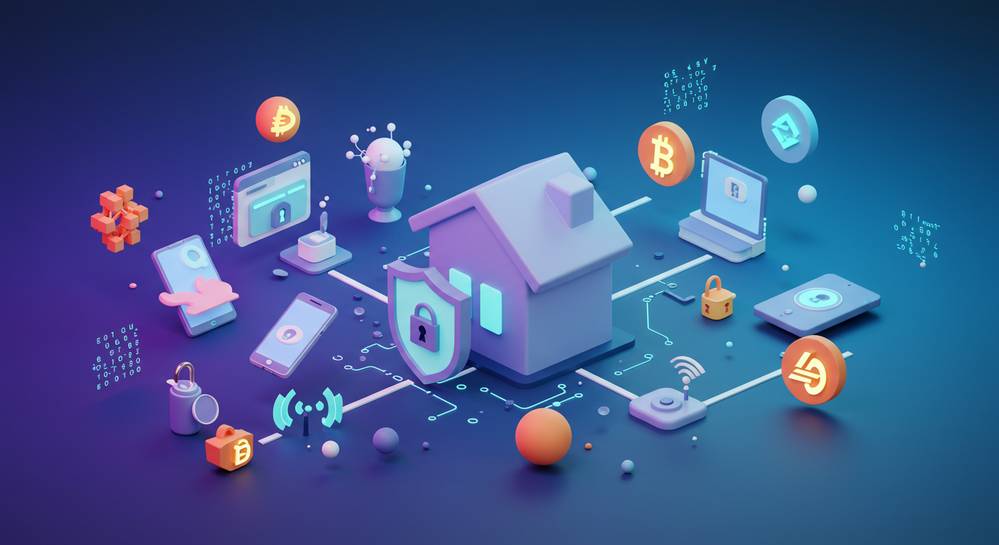
Securing smart devices relies on a fortified home network. Your Wi-Fi router is the gateway to all connected gadgets. Its configuration is critical. Change default administrator credentials immediately; these are common attack vectors. Use a strong, unique password for router access, a core best practice for securing smart devices.
Securing Your Wi-Fi Network
Prioritize WPA3 encryption for your Wi-Fi network, the most secure standard. If WPA3 is unavailable, WPA2 offers the next best protection. Avoid outdated, insecure protocols like WEP. Implement a separate guest Wi-Fi network for visitors and smart devices. This isolates vulnerable gadgets, preventing access to main network data.
Firewall and Network Segmentation
Modern routers feature built-in firewalls. Activate these to monitor and control network traffic. For enhanced security, especially with many smart devices, consider network segmentation. This divides your network into isolated segments. It limits communication between device types, containing potential breaches.
Controlling Data and Access

Smart devices frequently request extensive permissions. Not all are truly essential for core functions. Carefully review and manage these permissions to protect your privacy and limit data exposure. Understanding what data a device collects and its intended use is a fundamental best practice for securing smart devices before installation.
Reviewing Application Permissions
Regularly audit permissions granted to applications on your smart devices. A smart light bulb app, for example, rarely needs microphone or location access. Disable any excessive permissions unrelated to the device’s primary function. This minimizes attack surfaces and reduces personal information shared, a cornerstone of effective IoT data security.
Understanding Data Collection Practices
Meticulously read privacy policies from smart device manufacturers. Comprehend what data is collected, how it is stored, and if it is shared. If data collection practices seem unclear or intrusive, seek alternatives. Opt for reputable brands prioritizing user privacy and transparent data handling. This ensures your personal data remains protected from inadvertent use or exploitation.
Sustaining Smart Device Security
Securing smart devices is an ongoing commitment, not a one-time setup. Continuous vigilance and adaptation are essential as new threats emerge. Regularly monitor your network and device activity for anything unusual. Watch for unexpected data usage, unauthorized connections, or sudden changes in device behavior. These could signal a security breach, making ongoing monitoring a key best practice for securing smart devices.
Secure Device Disposal
When a smart device reaches its end of life, proper disposal is critical. Simply deleting data is often insufficient. Always perform a factory reset to erase all personal information before selling, donating, or recycling old devices. For highly sensitive data, consider professional data destruction services. Consult manufacturer guidelines for secure disposal specific to your device model.
Considering Dedicated IoT Security Solutions
For households with numerous smart devices, a dedicated Internet of Things (IoT) security solution provides an added protection layer. These solutions monitor network traffic specifically for IoT devices. They detect anomalies and block suspicious connections. Some services even offer virtual private networks (VPNs) for your entire home network. This encrypts all traffic, adding an extra shield against cyber threats.
Implementing best practices for securing smart devices is more than a technical exercise; it’s an essential aspect of modern digital living. By prioritizing strong authentication, fortifying your network, meticulously managing permissions, and maintaining ongoing vigilance, you can significantly enhance the security posture of your connected home. These steps create a resilient defense, safeguarding your privacy and ensuring your smart ecosystem remains a source of convenience, not vulnerability. Stay informed and proactive with insights from Home Gadget Digest.
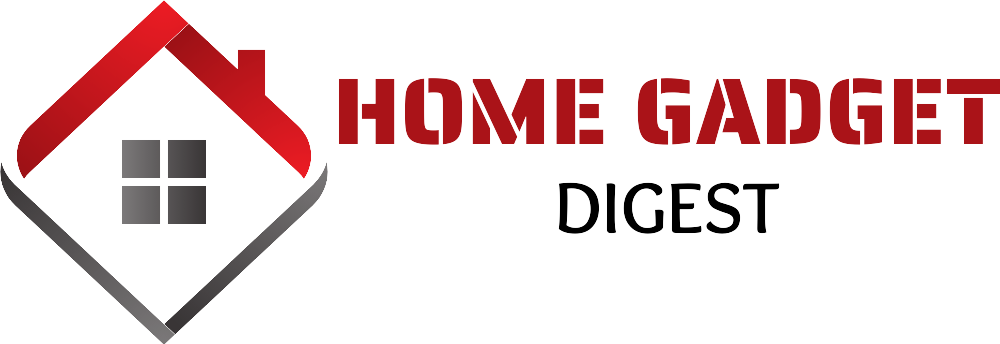




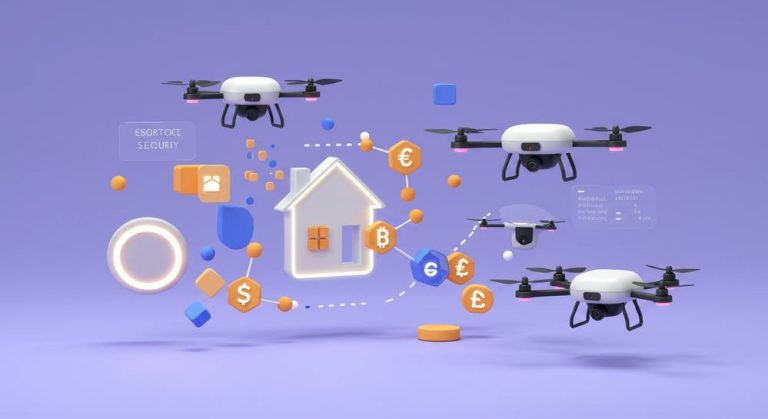
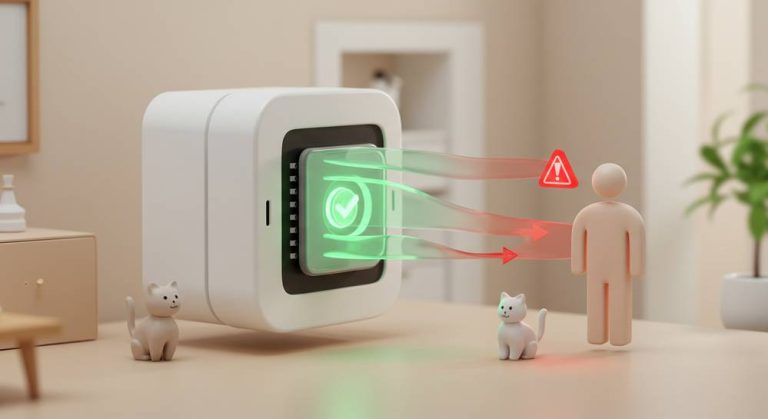






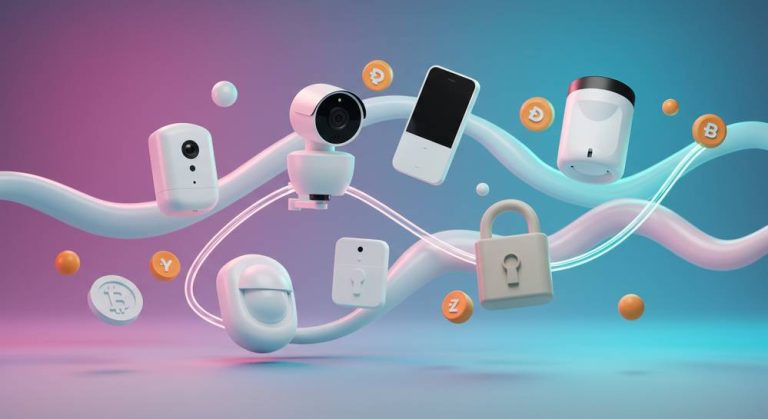

+ There are no comments
Add yours